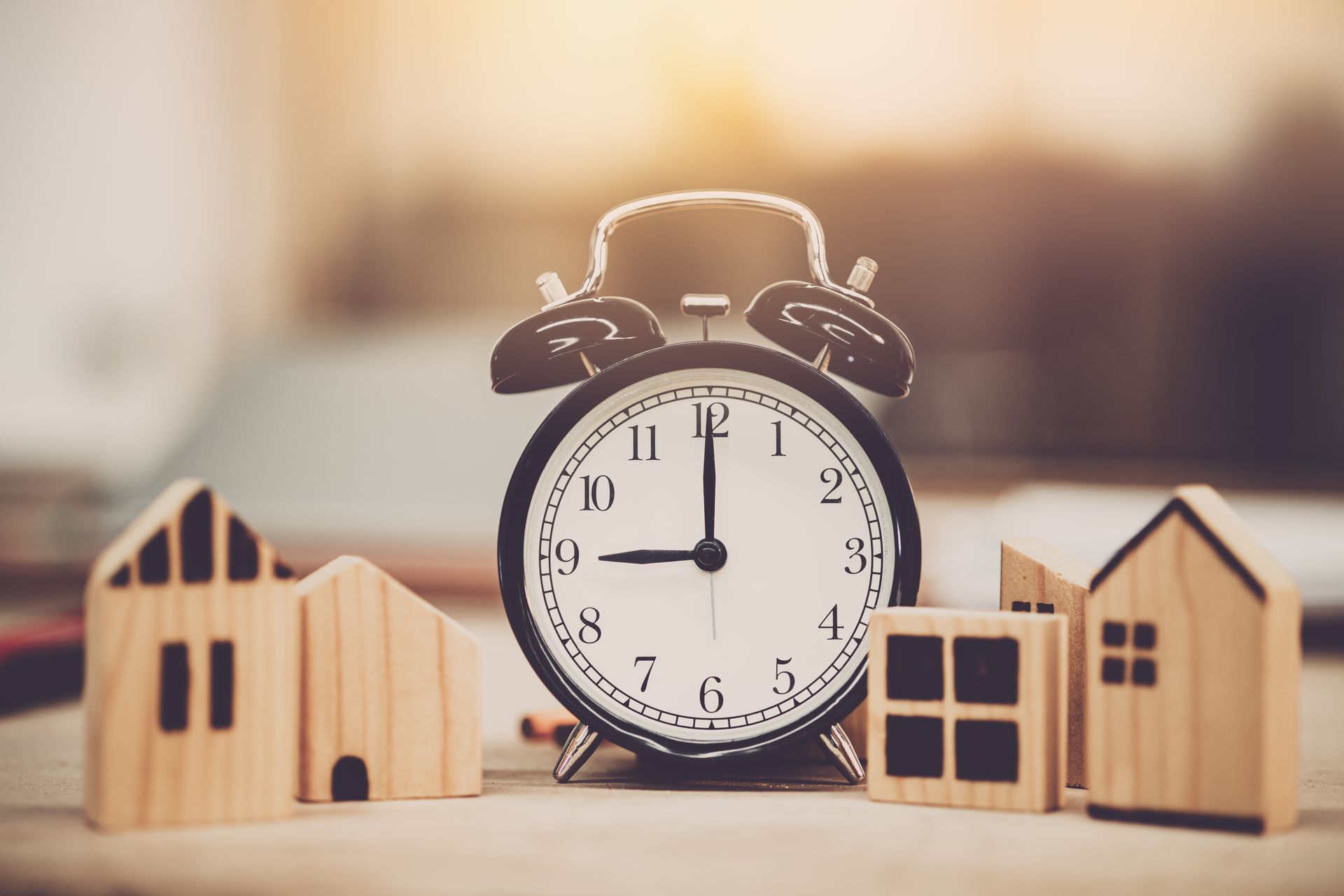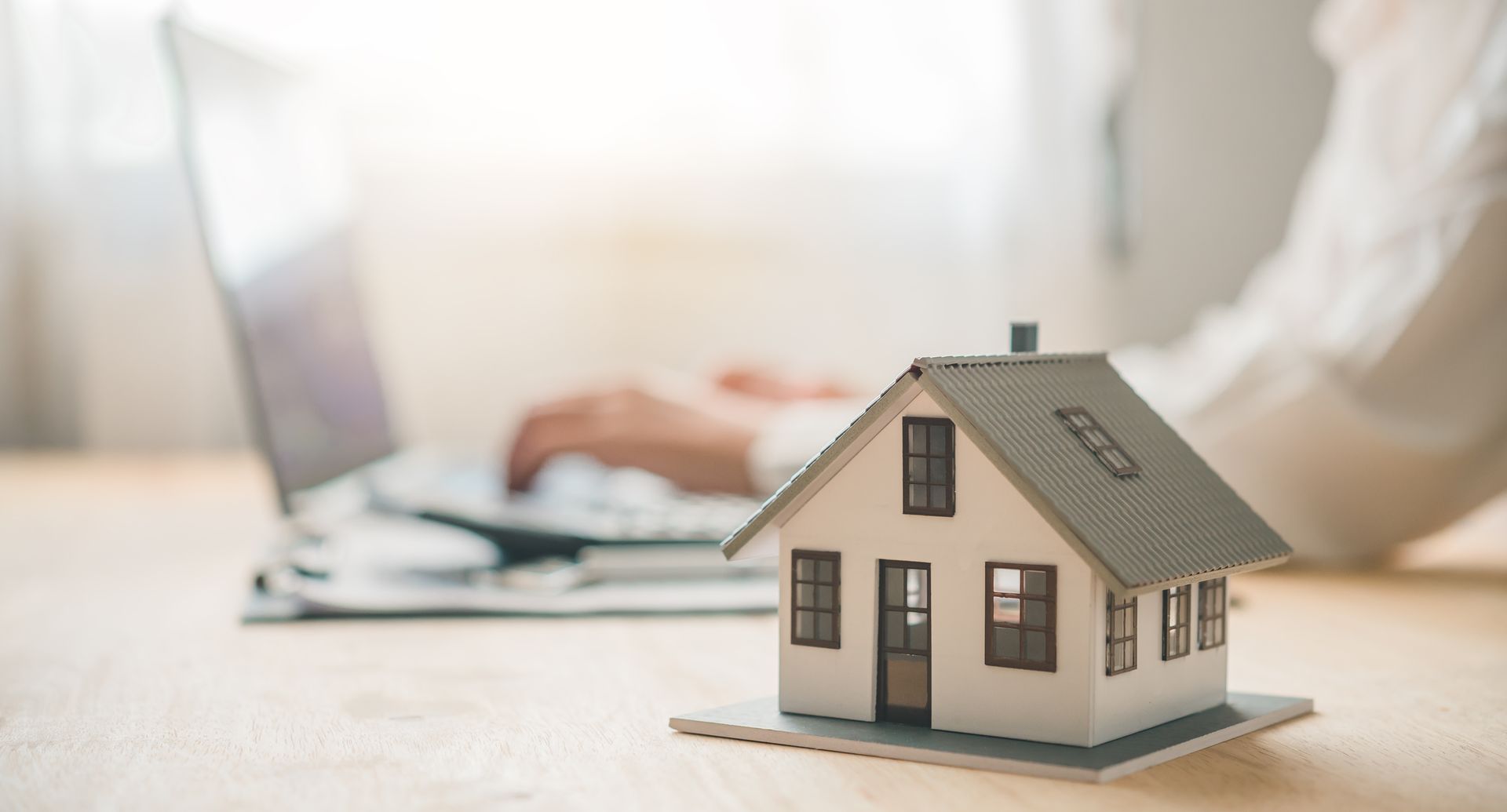PUTTING AN OFFER ON A MODEL HOME FROM HOME OWNER: POTENTIAL RED FLAGS & WHAT COULD I BE MISSING

When you’re looking to buy a home, putting an offer on a model home from a homeowner might seem like a great deal. These homes are often designed to impress with high-end finishes, thoughtful layouts, and pristine conditions, as they were once the face of a community during its development phase. However, as with any real estate transaction, there are potential pitfalls that buyers need to be aware of.
If you're a first-time buyer, it’s essential to understand the nuances of purchasing a model home—especially from an individual homeowner rather than directly from the builder. Let’s dive deep into the specifics of buying a model home, uncover potential red flags, and address the things you might be overlooking in your excitement.
What Is a Model Home?
Model homes are often built to showcase the quality, design, and features of a builder's work. They serve as marketing tools, allowing prospective buyers to tour the property and envision what it would be like to live in that community.
Unlike a standard home, model homes are often:
- Highly Upgraded: Builders outfit model homes with top-tier appliances, luxurious finishes, and high-end fixtures to attract buyers.
- Strategically Located: They are often placed in prime spots within a development, offering the best views or proximity to amenities.
- Professionally Designed: From custom paint to furniture staging, model homes are curated to showcase impeccable aesthetics.
While these features make model homes appealing, buying one from a homeowner (instead of the builder) introduces unique challenges.
The Appeal of Buying a Model Home
Before diving into potential red flags, it’s worth understanding why purchasing a model home from a homeowner is so appealing:
- Move-In Ready: Unlike new construction, where you might face months of waiting, model homes are often available for immediate occupancy.
- Premium Upgrades: Model homes typically include high-quality finishes that might cost you extra in a standard build.
- Prime Location: As mentioned, model homes are often located in the most desirable parts of a community.
- Turnkey Experience: These homes are already designed, landscaped, and staged—saving you time and effort.
- Potential for Negotiation: If you’re buying from a homeowner (instead of the builder), you might have room to negotiate the price.
Potential Red Flags When Buying a Model Home
As attractive as a model home may seem, there are some potential pitfalls and red flags that buyers should keep in mind. Here’s what you should watch out for:
- Excessive Wear and Tear
Model homes are not your typical “new” homes. These properties have likely been toured by countless potential buyers while serving as a marketing hub for the builder. Foot traffic and constant staging can cause wear and tear, even if it’s not immediately visible.
- What to Check: Look for signs of flooring wear, scratches on countertops, or appliances that have been used during demonstrations.
2. Repairs May Be Needed
While model homes are designed to dazzle, some of their aesthetic upgrades might be masking underlying issues. For example, they may use temporary fixes or focus solely on cosmetics rather than structural quality.
- What to Do: Conduct a thorough home inspection to identify potential repairs or maintenance needs. Pay close attention to plumbing, electrical systems, roofing, and HVAC units.
3. Missing Builder Warranties
When you buy a home directly from a builder, you often receive warranties that cover the structure and systems for several years. However, when you’re buying a model home from a homeowner, those warranties may no longer apply.
- What to Confirm: Check if the builder’s warranties are transferable and still valid. If not, ask the homeowner for documentation of any repairs or upgrades made since their purchase.
4. Custom Upgrades May Be Overpriced
Model homes are typically outfitted with high-end finishes to impress potential buyers, but not all upgrades are created equal. Some upgrades may look good but fail to add real value to the home, or they may not suit your personal preferences.
- What to Evaluate: Determine whether the upgrades justify the price. Consider the resale value of those upgrades if you plan to sell in the future.
5. Landscaping and Exterior May Be Neglected
While the interior of a model home is often immaculate, the landscaping and exterior may not receive the same attention. This can be especially true if the model home has been on the market for a while.
- What to Inspect: Examine the yard, fencing, driveway, and exterior paint for signs of neglect or weather-related damage.
6. Zoning or HOA Restrictions
Some model homes are situated in developments governed by Homeowners’ Associations (HOAs). While HOAs can maintain community standards, they can also impose restrictions on what you can do with your property.
- What to Investigate: Request a copy of the HOA rules and bylaws to ensure they align with your lifestyle and preferences.
7. Overpriced Listings
Homeowners who sell model homes may overestimate the value of their property due to its upgrades and premium finishes. This can result in overpriced listings that don’t align with current market trends.
- What to Research: Work with a local real estate agent to compare the home’s asking price with recent sales in the area.
What Could You Be Missing?
When buying a model home, it’s easy to get caught up in the aesthetics and overlook critical details. Here are some key aspects that buyers often miss:
- Hidden Costs
Model homes may come with extra costs that aren’t immediately obvious, such as higher utility bills due to older systems or maintenance costs for premium features.
- Solution: Budget for potential repairs, maintenance, and higher-than-average utility bills.
2. Community Development
If the model home was part of a larger development, the surrounding area may still be under construction. This could mean noise, dust, and limited access to community amenities.
- Solution: Visit the neighborhood at different times of day and inquire about the development timeline.
3. Appliance Lifespan
While model homes may feature top-of-the-line appliances, they may also be older than you think, especially if the home has been on display for several years.
- Solution: Check the age and condition of all appliances, and confirm whether warranties are still valid.
4. Lack of Personalization
Buying a model home means inheriting someone else’s design choices, which may not align with your personal style or functional needs.
- Solution: Consider how much time and money you’re willing to invest in making the home your own.
Tips for Putting an Offer on a Model Home
If you’ve decided to move forward with a model home, here are some tips to ensure a smooth transaction:
- Work with a Local Realtor: Partnering with the best realtor in Sacramento can help you navigate the negotiation process and ensure you’re getting a fair deal.
- Hire a Home Inspector: Even if the home looks perfect, a professional inspection is essential to uncover hidden issues.
- Negotiate Repairs or Credits: Use the results of the home inspection to negotiate repairs or request a credit at closing.
- Verify Disclosures: Ask the homeowner for all necessary disclosures, including past maintenance records and builder warranties.
- Compare Prices: Research comparable properties in Sacramento to ensure the asking price aligns with the market.
Why Work with the Best Realtor in Sacramento?
Navigating the purchase of a model home requires expertise and local market knowledge. The best realtor in Sacramento can:
- Help you identify red flags.
- Negotiate on your behalf.
- Provide insights into Sacramento’s real estate trends.
- Guide you through the transaction process.
For first-time buyers or those looking to sell a house, partnering with a skilled real estate agent ensures you’re making informed decisions.
Conclusion
Buying a model home from a homeowner can be a fantastic opportunity, but it’s not without its risks. By staying vigilant, conducting thorough inspections, and working with a trusted real estate agent, you can avoid potential pitfalls and make a confident investment.
If you’re in the market to buy or
sell your house
in
Sacramento, or you’re a
first-time buyer
seeking guidance, understanding the dynamics of model home purchases is a critical step in your journey. With the right approach, you’ll be well-prepared to make an informed offer and secure your dream home.








